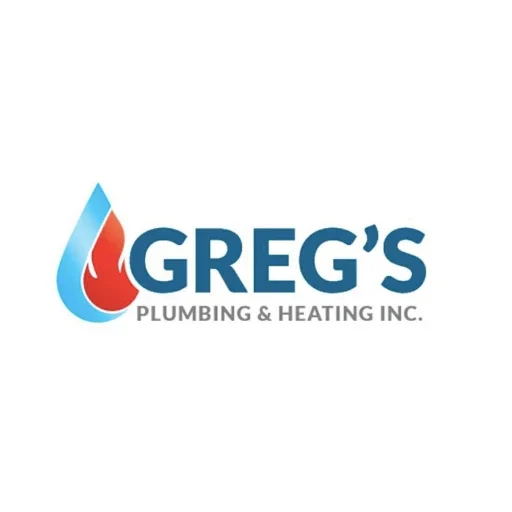What Is Poly-B Plumbing?
Poly-B (short for polybutylene) is a type of plastic piping used in residential plumbing systems between the late 1970s and the mid-1990s. It was marketed as a low-cost, easy-to-install alternative to copper — and it was widely used across Canada, especially in new subdivisions.
At the time, it seemed like a modern solution. But decades later, Poly-B has become a red flag for home inspectors, insurance companies, and plumbers alike.

Why Is Poly-B Considered a Problem?
Over time, Poly-B pipes can degrade, crack, or burst, often without warning. This is especially true in hot water lines or areas with high water pressure. Here’s what makes them risky:
- Chlorine sensitivity: Poly-B reacts poorly to the chlorine in municipal water, causing the interior walls of the pipes to weaken.
- Fittings failure: The original metal fittings used with Poly-B systems are prone to leaks and corrosion.
- Age-related deterioration: Most Poly-B systems are now 30–45 years old, and well beyond their expected lifespan.
In short: even if your Poly-B pipes haven’t failed yet, they’re at high risk.
How to Identify Poly-B Pipes in Your Home
Poly-B pipes are usually:
- Grey or light blue in colour
- Flexible plastic
- Labeled “PB2110” or something similar
They’re often found running to:
- Water heaters
- Toilets and sinks
- Basement plumbing lines
- Behind drywall in kitchens and bathrooms
If your home was built between 1980–1997, there’s a good chance Poly-B was used.
Can You Get Home Insurance with Poly-B?
Here’s where it gets tricky:
Some insurance companies may charge higher premiums, refuse water damage claims, or even decline coverage entirely if your home still contains Poly-B plumbing.
Square One Insurance notes that while having Poly-B isn’t illegal, you may be required to replace it to remain eligible for certain policies. It can also impact your ability to buy, sell, or refinance your home — especially if a home inspection flags it.
 Square One’s full article on Poly-B plumbing and insurance concerns.
Square One’s full article on Poly-B plumbing and insurance concerns.
What Are Your Replacement Options?
If you’re planning a renovation, buying or selling a home, or just want peace of mind, replacing Poly-B is often the best solution.
Most replacements involve switching to:
- PEX piping (cross-linked polyethylene) – more durable, flexible, and chlorine-resistant
- Copper piping – traditional, long-lasting, and insurance-friendly
Replacement can be done in stages, or all at once depending on access and budget.
Frequently Asked Questions
Q: Is Poly-B plumbing illegal in Ontario?
No, it’s not illegal — but it’s widely discouraged, and many insurers won’t cover it.
Q: How long does Poly-B last?
Originally marketed to last 30–50 years, most Poly-B systems start failing around 20–30 years.
Q: Can I just replace the fittings and leave the pipes?
That might delay problems, but it doesn’t fix the pipe degradation from within. Full replacement is recommended
Get in Touch
Whether it’s a one-time issue or a full system refresh, we’re here to help.
→ Contact Greg’s Plumbing Now for expert plumbing services in Hamilton and peace of mind that lasts.
Helpful Links:
